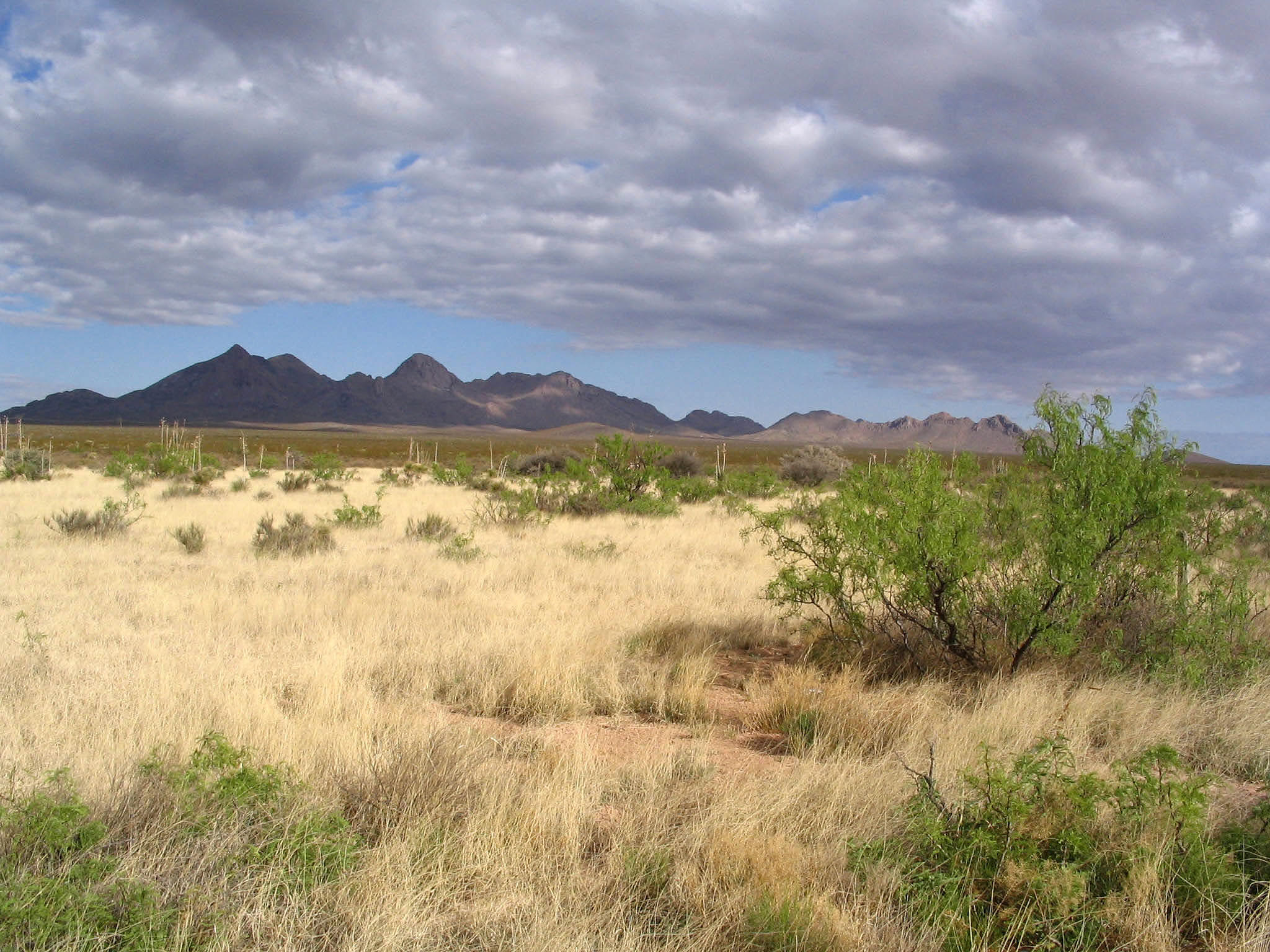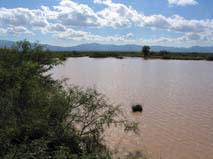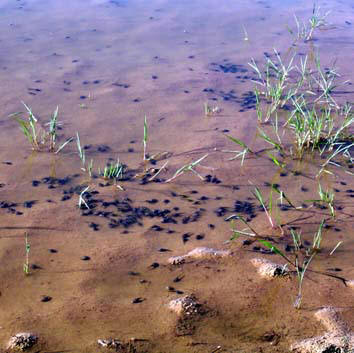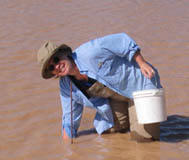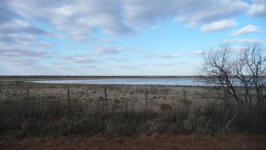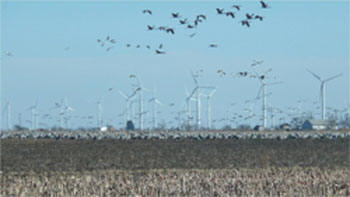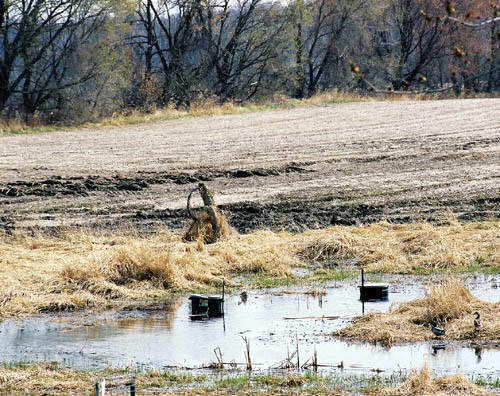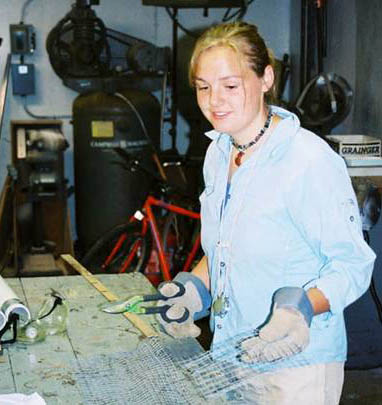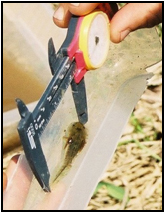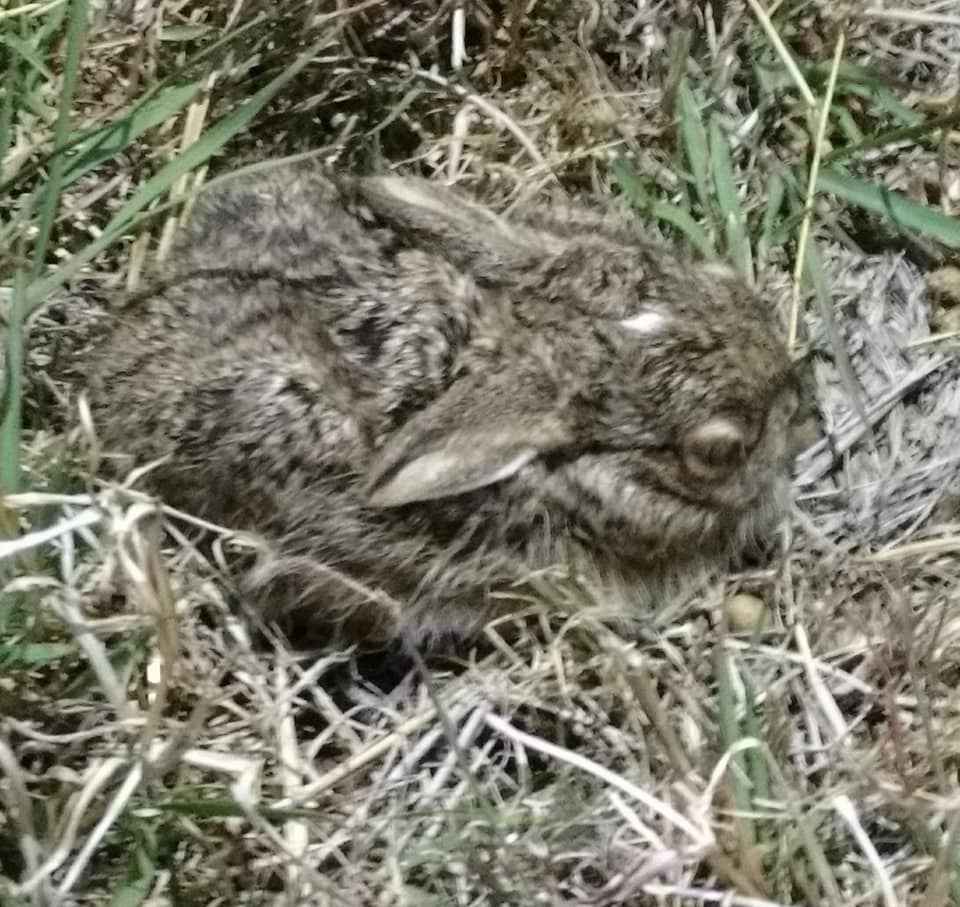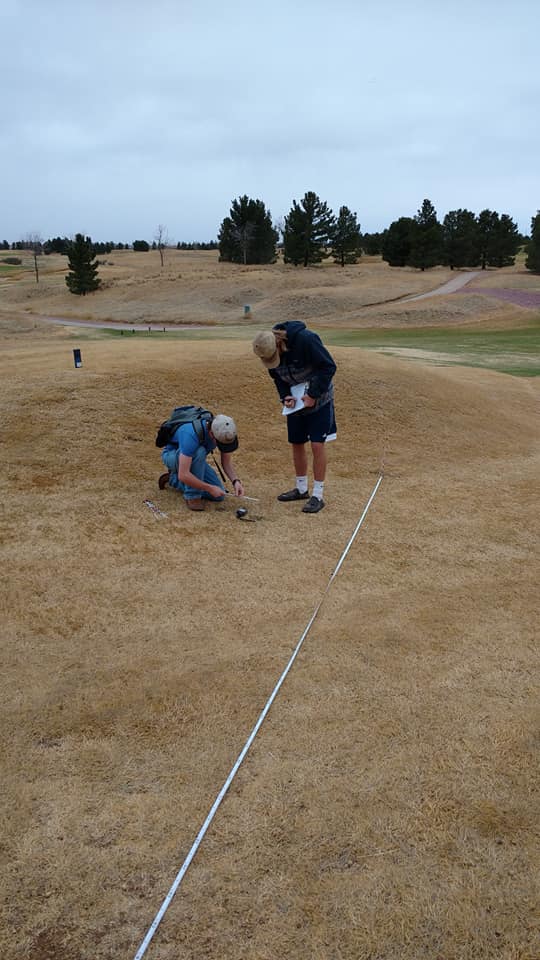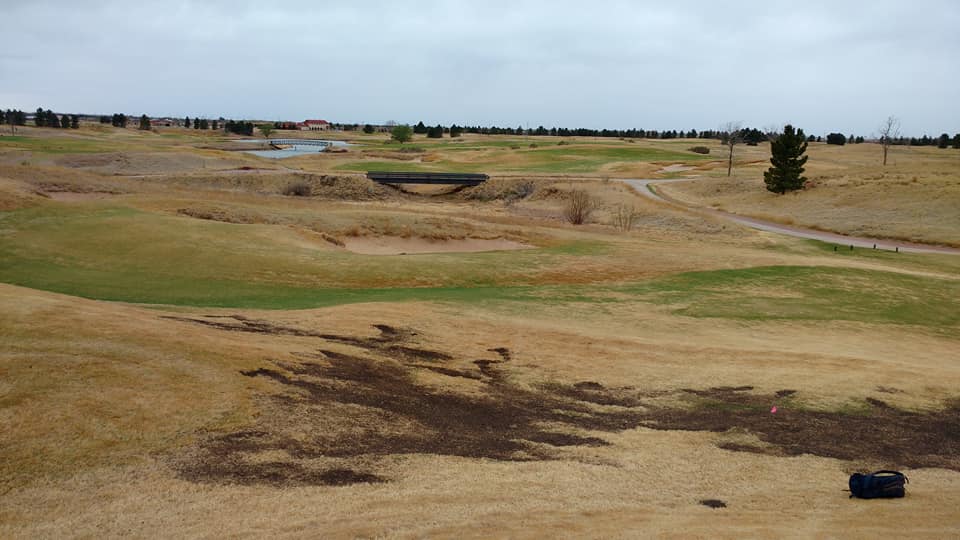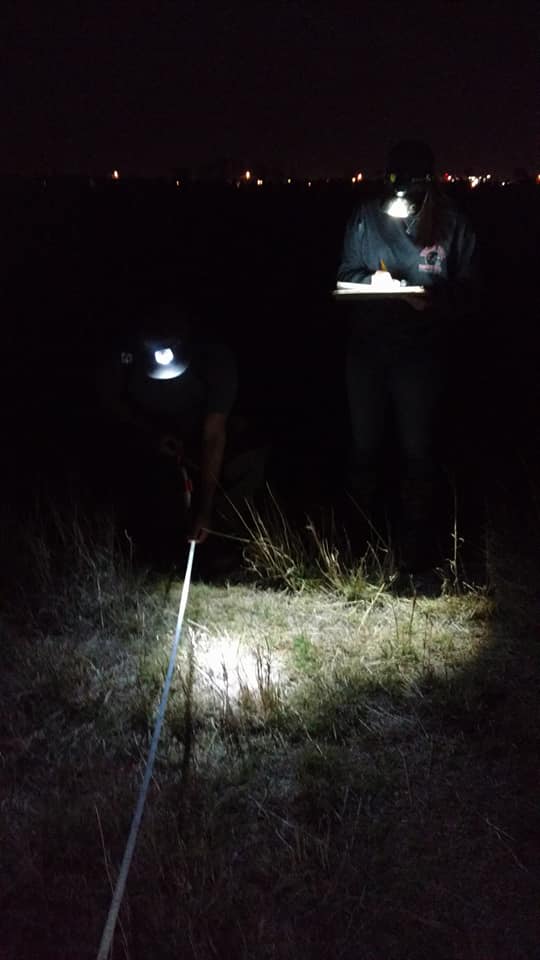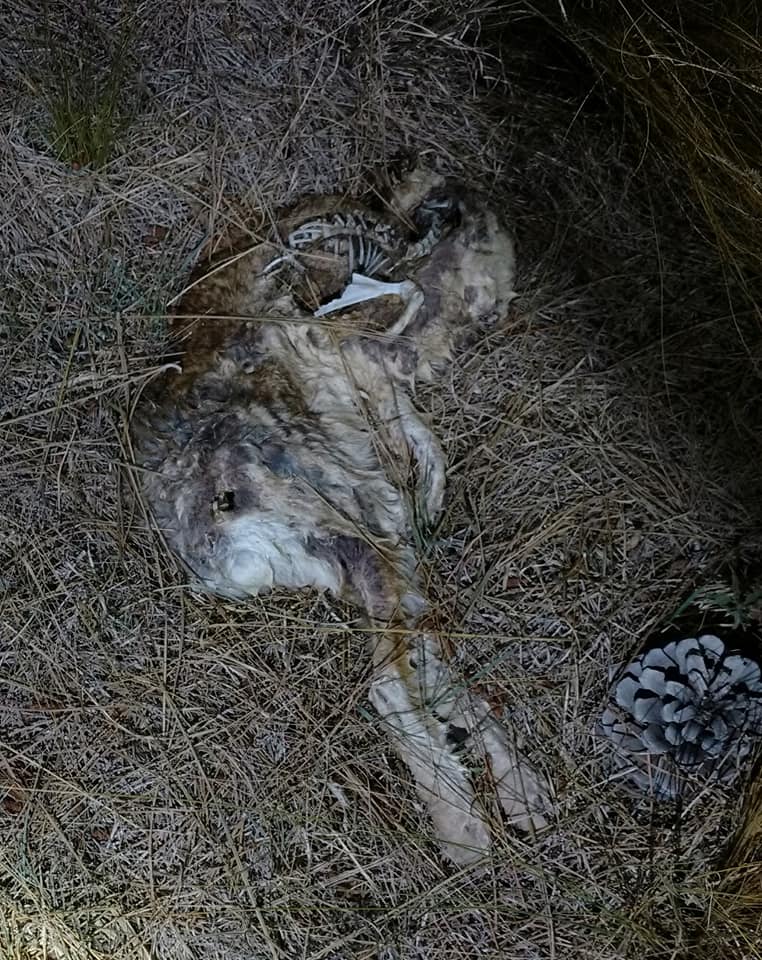Research Statement
Conservation Planning for Climate Change
The greatest challenge facing natural resources management is planning for and responding to increasingly variable conditions, caused by global climate change. Changes in water availability and temperature are influencing system function through changing the abiotic setting, which in turn affects organismal physiology and behavior, which has further consequences on ecological relationships. These complex relationships make managing our natural resources problematic. Hence, understanding sensitivity and vulnerability of multiple levels of biodiversity (e.g. genetic, species, processes) is key to creating effective climate adaptation strategies for natural resource managers. Further, direct communication with managers is essential for identifying knowledge gaps and providing a conduit of information between the research and application for our wildlife and ecosystems.
Biodiversity and Ephemeral Water Sites in the Sonoran Desert
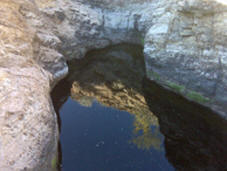
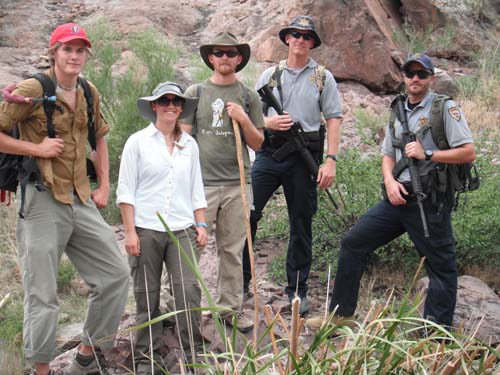
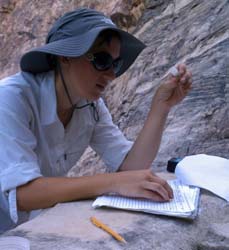
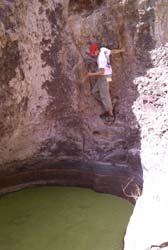
Water is a critically limiting resource for many species of wildlife especially in arid regions. Federal and state land management agencies have established water developments throughout the nation to improve water availability for a variety of target species. These water sources are especially important in the arid southwest because of the changing climate, which is significantly altering habitat quality and availability for many species. Even the most conservative climate models predict that the southwestern U.S. will become hotter and rainfall more unpredictable causing increased scarcity of reliable water sources. These changes in temperature and water availability are increasing the stress on wildlife populations, especially for species that are relatively non-vagile (not able to travel relatively long distances). Water developments appear to be successful in providing reliable water for charismatic mammals; however, large mammals are not the only creatures that use these water developments. Other species (e.g., amphibians and invertebrates), some of which are prone to population declines, may also benefit from the increased availability of water in arid-lands, but these sites have not been studied in such a way as to evaluate the effects of water additions on habitat quality, population sustainability, or biodiversity. We are working to evaluate the effects of these water developments in arid lands on organisms with complex life cycles within a spatial context. It is important to predict areas that need water developments as the southwest warms and surface waters become scarcer. The ability to incorporate species-based information into spatial ecology is an effective planning tool for management of biodiversity in the context of climate change.
